When it comes to maintaining your home or business, the roof is one of the most important components to keep in good condition. Regular roof maintenance and repairs can help prolong the life of your roof and prevent more serious and costly issues from arising in the future.
In this guide, we'll take a closer look at the different types of roof repairs and the importance of addressing them as soon as they arise.
1. Emergency Roof Repair
Emergency roof repairs are necessary when your roof is experiencing an issue that needs to be addressed immediately to prevent further damage.
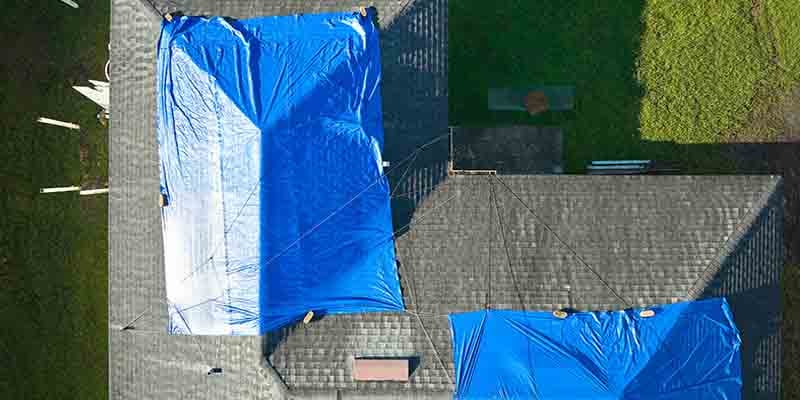
These are unexpected events that can happen due to weather conditions, age of the roof, poor maintenance, and other factors. Here are a few examples of emergency roof repair situations:
-
Leaks: A leak in your roof can cause water damage to the interior of your home or business, and can lead to the growth of mold and mildew. If you notice a leak, it's important to address it as soon as possible to prevent further damage.
-
Missing Shingles: Missing shingles can leave your roof vulnerable to further damage from the elements, such as rain and wind. In severe weather conditions, missing shingles can lead to water infiltration and structural damage.
-
Structural Damage: Damage to the structural elements of your roof, such as rafters and trusses, can compromise the integrity of your roof and put your home or business at risk. If you suspect structural damage, it's important to address it as soon as possible.
-
Collapsed roof: A collapsed roof is an emergency and can happen due to heavy snowfall, strong winds, or other structural issues. This kind of damage can put your property and the people inside at risk, so it's important to address it as soon as possible.
It's important to address emergency roof repairs as soon as possible to prevent further damage and costly repairs down the road. In case of an emergency, it's always best to contact a professional roofer who can assess the condition of your roof and recommend the appropriate repairs. They will have the knowledge, tools and equipment to fix the problem quickly and effectively.
2. Minor and Common Roof Repairs
Minor roof repairs are necessary when your roof is experiencing small issues that, if left unaddressed, could lead to more serious problems. These types of roofing repairs are generally less urgent than emergency repairs, but they are still important to address in a timely manner. Here are a few examples of minor roof repair situations:
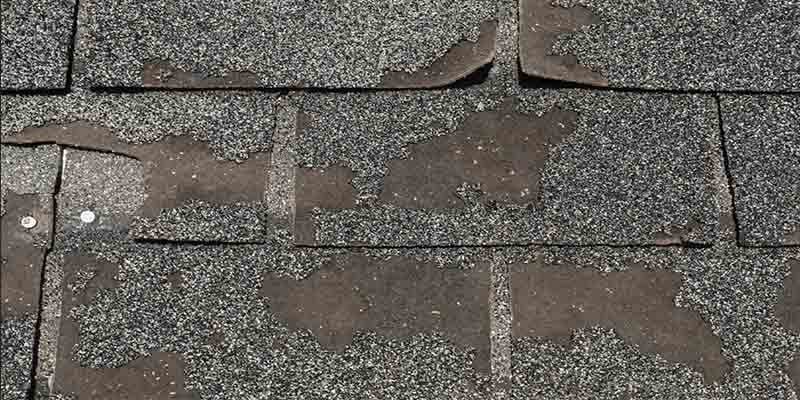
Cracked or Missing Shingles
Cracked or missing shingles can be caused by a variety of factors, such as wear and tear, severe weather conditions, or improper installation. Replacing cracked or missing shingles can help maintain the integrity of your roof and prevent more serious issues from arising.
Roof leaks
Small leaks can be caused by a variety of factors, such as worn flashing, missing shingles, or clogged gutters. While small leaks may not cause immediate damage, they can lead to water infiltration and damage to the structure of your home or business over time.
Worn, Damaged, or Missing Flashing
Flashing is the metal or plastic material that is used to seal the intersections of your roof, along the wall terminations or around chimneys and vents.
Worn or damaged flashing can allow water to infiltrate your roof and cause damage, so it's important to address this issue as soon as it's noticed.
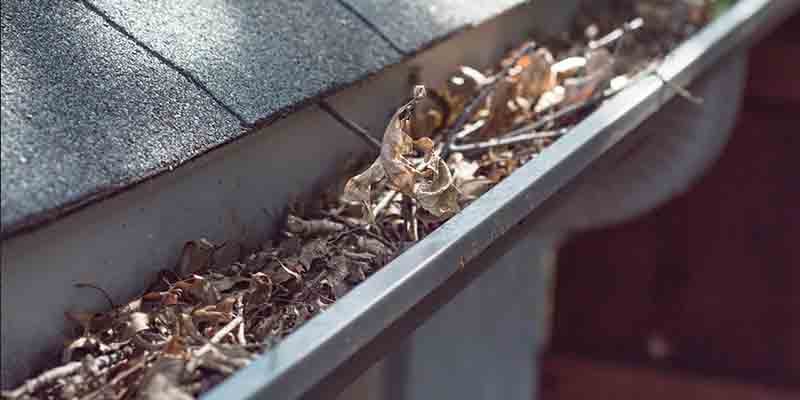
Clogged Gutters
Clogged gutters can cause water to overflow, which can lead to water infiltration and damage to your fascia boards, walls and foundations. Cleaning and maintaining your gutters can prevent this type of damage.
Addressing these minor issues as soon as they arise can help maintain the integrity of your roof and prevent more serious issues from arising in the future.
3. Major Repairs
Major roof repairs are necessary when your roof is experiencing significant damage that requires more extensive repairs or replacement.
These types of roof repairs are typically more costly than minor or emergency repairs, but they are necessary to restore the overall integrity and longevity of your roof. Here are a few examples of major roof repair situations:
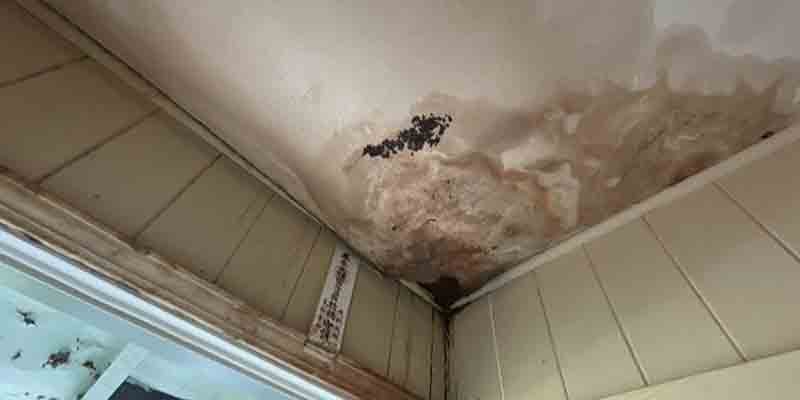
Extensive Water Damage
Extensive water damage can occur due to leaks, missing shingles, or other issues. This type of damage can cause rot, mold, and structural damage, and may require a significant amount of repair or replacement.
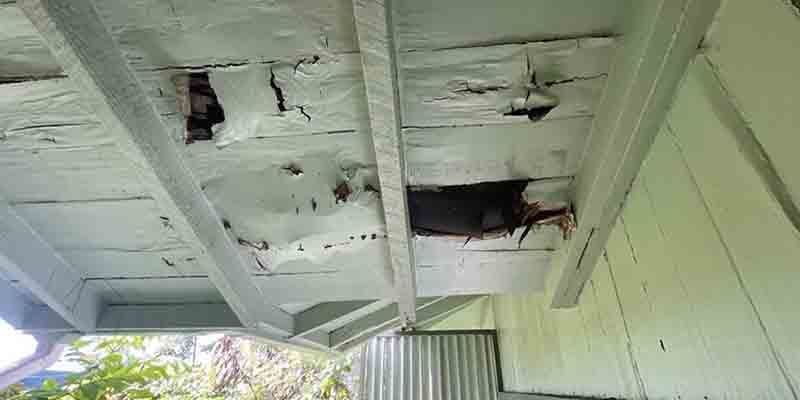
Structural Issues
Structural issues, such as damaged rafters or trusses, can compromise the integrity of your roof and put your home or business at risk. These types of issues often require major repairs or even a complete roof replacement.
Rot or Mold
Rot or mold can spread throughout your roof and cause damage to the structure and integrity of your home or business. This type of damage often requires a thorough cleaning or replacement of affected areas.
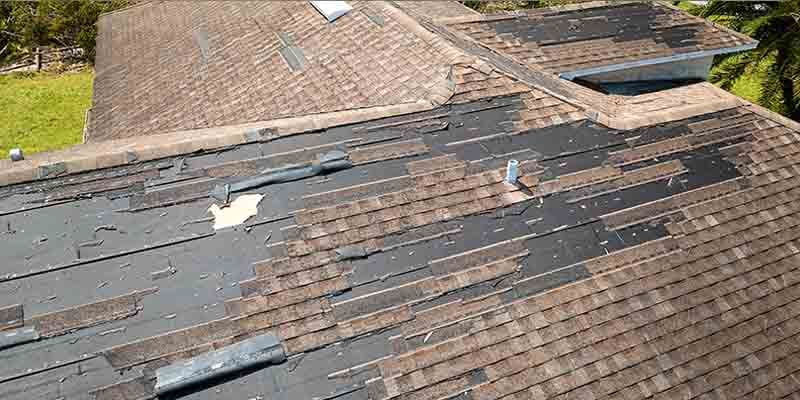
Replacing the whole roof
In some cases, the entire roof may need to be replaced, such as when it's reaching the end of its useful life, or if it has sustained severe damage that cannot be repaired. This is a major project that requires professional help.
While major roof repair costs can be expensive, they are necessary to restore the overall integrity and longevity of your roof. It's important to address these issues as soon as they are identified, in order to prevent further damage and costly repairs.
4. Specialty Roofing Repairs
In addition to the standard types of roof repairs, there are also some specialty repairs that may be required depending on the type of roof you have.
Some examples of specialty roofing repairs include:
-
Flat roof repairs: Flat roofs require specialized repairs and maintenance to ensure they are properly sealed and protected from water damage. Common issues with flat roofs include ponding water, cracking, and leaks.
-
Metal roof repairs: Metal roofs are durable, but they can still be damaged by impact, corrosion, and leaks. Specialty repairs for metal roofs may include patching holes, resealing seams, and replacing damaged panels.
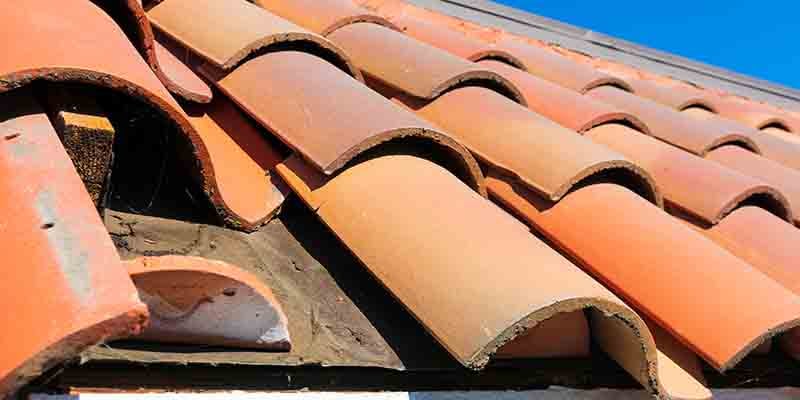
-
Tile roof repairs: Tile roofs are known for their durability, but they can still be damaged by severe weather or impact. Specialty repairs for tile roofs may include replacing broken tiles, re-bedding tiles, and cleaning out clogged gutters.
-
Green roof repairs: Green roofs are becoming more popular, but they require specialized care and maintenance. Specialty repairs for green roofs may include replacing damaged plants, reseeding bare areas, and maintaining the drainage system.
-
Skylight Repairs: Skylights are an important aspect of many roofs, but they can be damaged by leaks, impact and lack of maintenance. Specialty repairs for skylights may include resealing, replacing glass, and replacing the whole skylight.
It's important to note that these are just a few examples of specialty roofing repairs, and the specific repairs needed will depend on the type of roof you have and the issues you are experiencing.
Preventive Maintenance
Preventive maintenance is the practice of regularly inspecting and maintaining your roof to prevent damage from occurring in the first place and prolong the life of your roof.
By performing regular maintenance, you can catch potential issues early on and address them before they become more serious and costly to repair.
Here are a few steps homeowners and business owners can take to prevent roof damage and prolong the life of their roof:
-
Regular Roof Inspections: Scheduling regular roof inspections with a professional roofer can help you identify potential issues before they become more serious. A roofer will be able to identify any areas of wear and tear, leaks, missing or damaged shingles, and other potential issues.
-
Cleaning Gutters and Downspouts: Keeping your gutters and downspouts clean is important for preventing water damage. When gutters are clogged, water can overflow and cause damage to your roof, walls, and foundation.
-
Trimming Trees and Branches: Trees and branches can cause damage to your roof by falling on it during severe weather or rubbing against it. Trimming branches and trees that are close to your roof can help prevent this type of damage.
-
Regularly check and fix any flashing issues: Flashing is the metal or plastic material that is used to seal the intersections of your roof, such as around chimneys and vents. Worn or damaged flashing can allow water to infiltrate your roof and cause damage, so it's important to check it regularly and address any issues as soon as they are noticed.
-
Checking and fixing skylights: Skylights are an important aspect of many roofs, but they can be damaged by leaks, impact, and lack of maintenance. Specialty repairs for skylights may include resealing, replacing glass, and replacing the whole skylight.
By performing regular maintenance and addressing issues as they arise, you can help prolong the life of your roof and prevent more serious and costly repairs in the future.
Remember that regular maintenance is the key to ensure a well maintained roof, and it's always best to consult with a local roofing contractor who can help you determine the best maintenance schedule for your roof.
Closing Thoughts
In conclusion, regular maintenance and addressing repairs as soon as they arise is key to maintaining the integrity and longevity of your roof. Emergency repairs, minor repairs, major repairs, and preventive maintenance are all important to keep your roof in good condition.
Whether you're dealing with a leak, missing shingles, or structural damage, it's important to address the issue as soon as possible to prevent further damage and costly repairs.
It's also important to remember that different types of roofs have different requirements and the repairs will vary depending on the material of the roof. Specialty roof repairs may include flat roof repairs, metal roof repairs, tile roof repairs, green roof repairs, and skylight repairs.
It's always best to consult with a professional roofer who can assess the condition of your roof and recommend the appropriate repairs. They will have the knowledge, tools and equipment to fix the problem quickly and effectively. Regular inspections and maintenance will help you address problems before they become bigger and more costly.
By following the tips outlined in this guide, you can help ensure that your roof stays in good condition for years to come, and protect your home or business from the elements. Remember, investing in your roof's maintenance is investing in your property's overall value.

